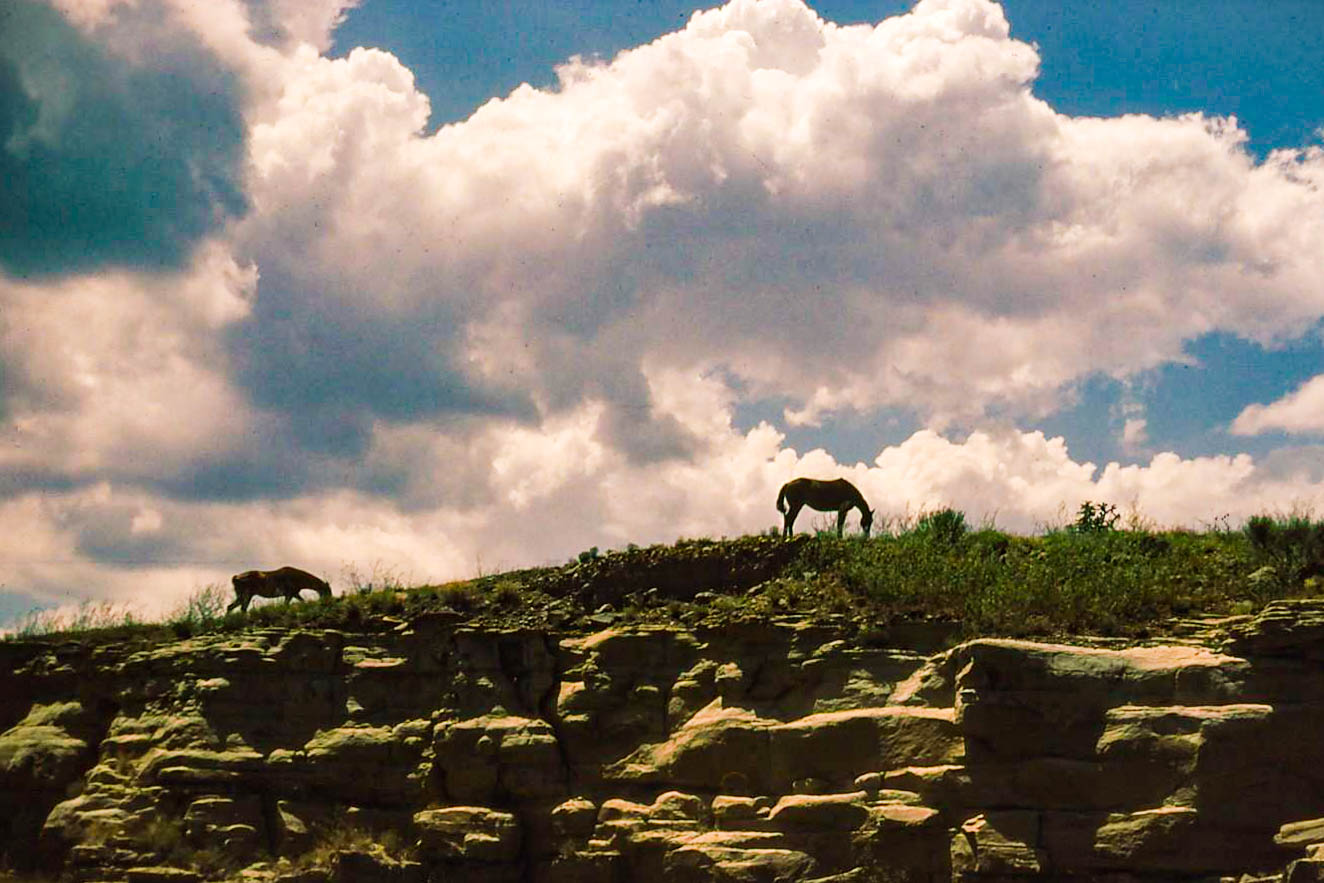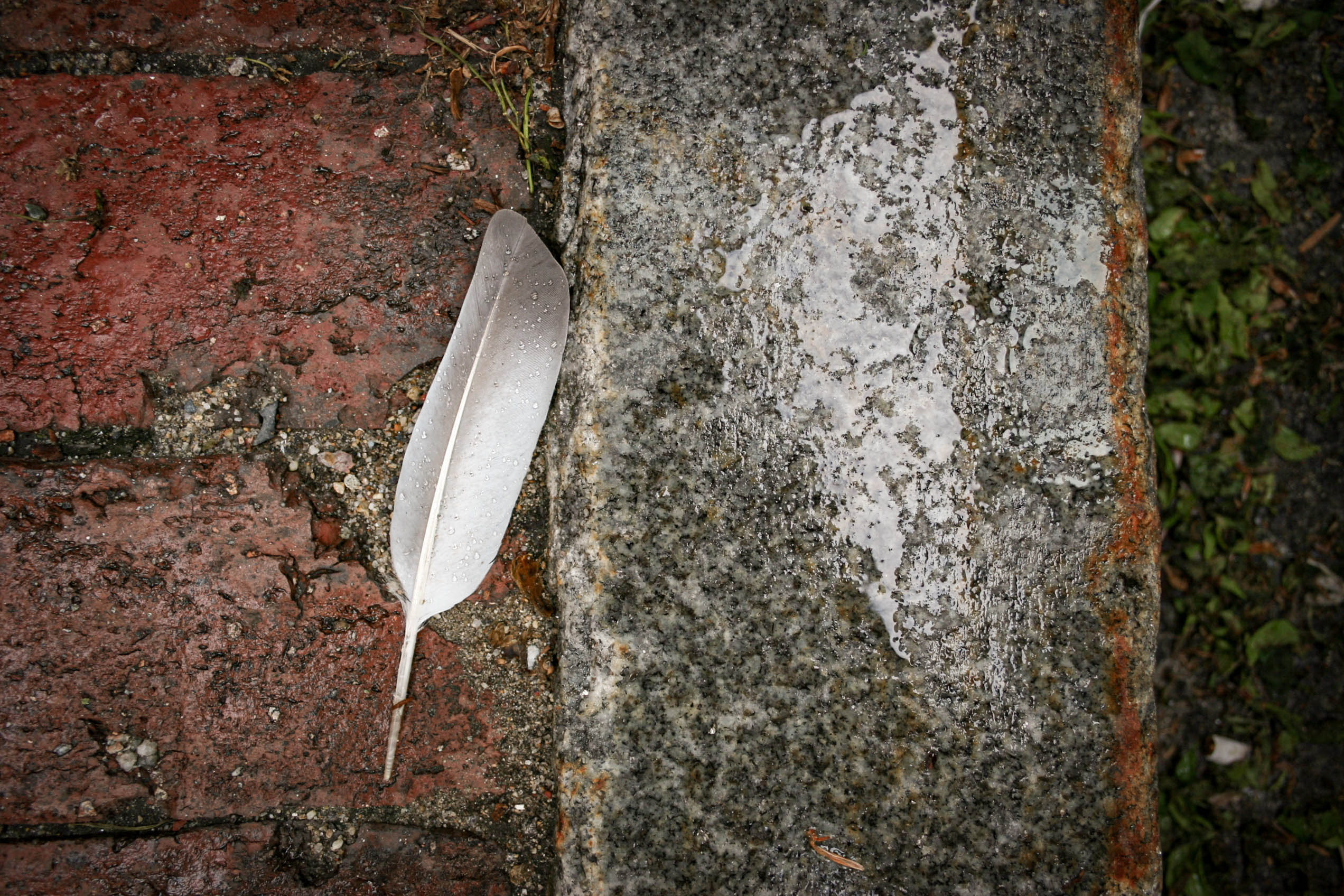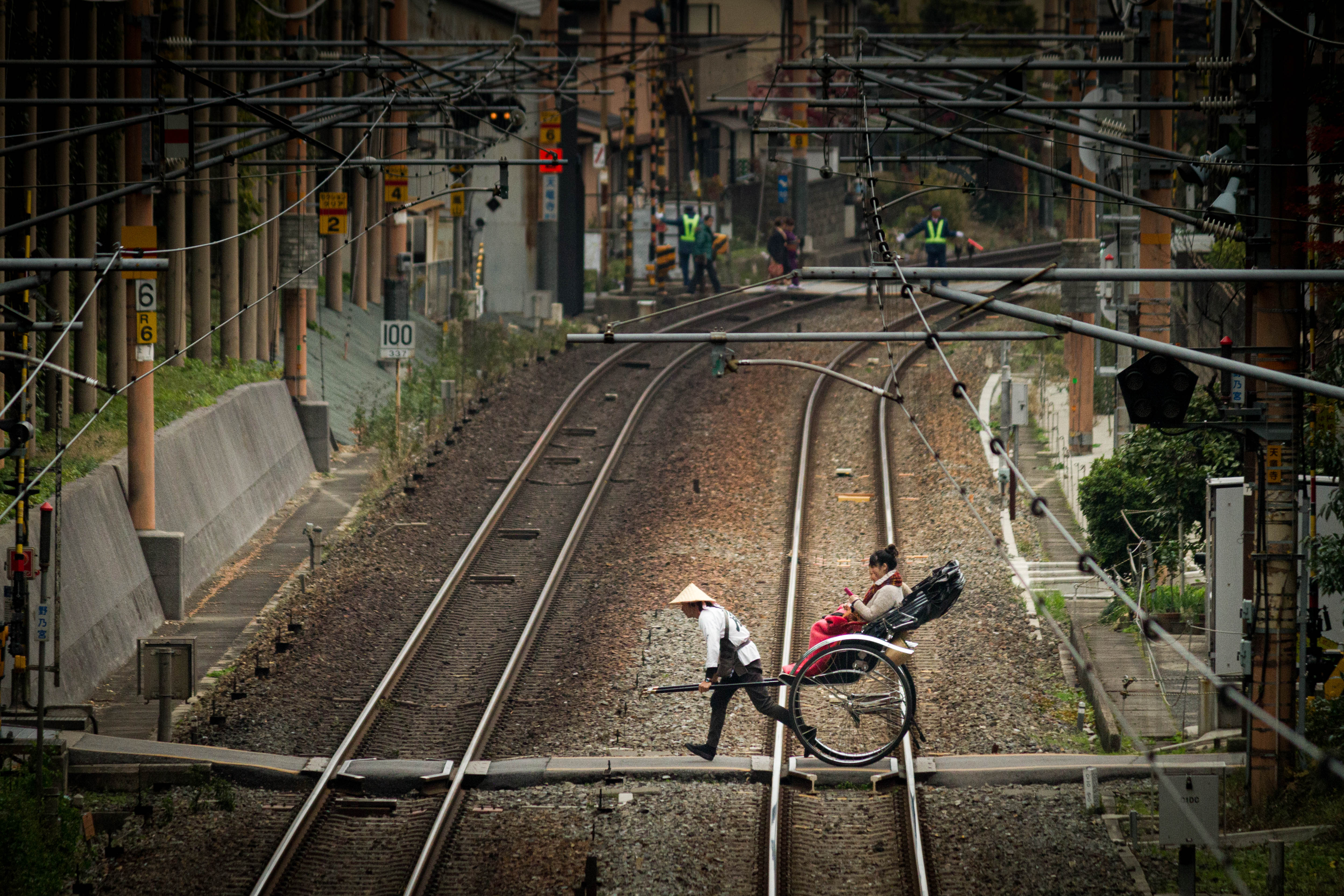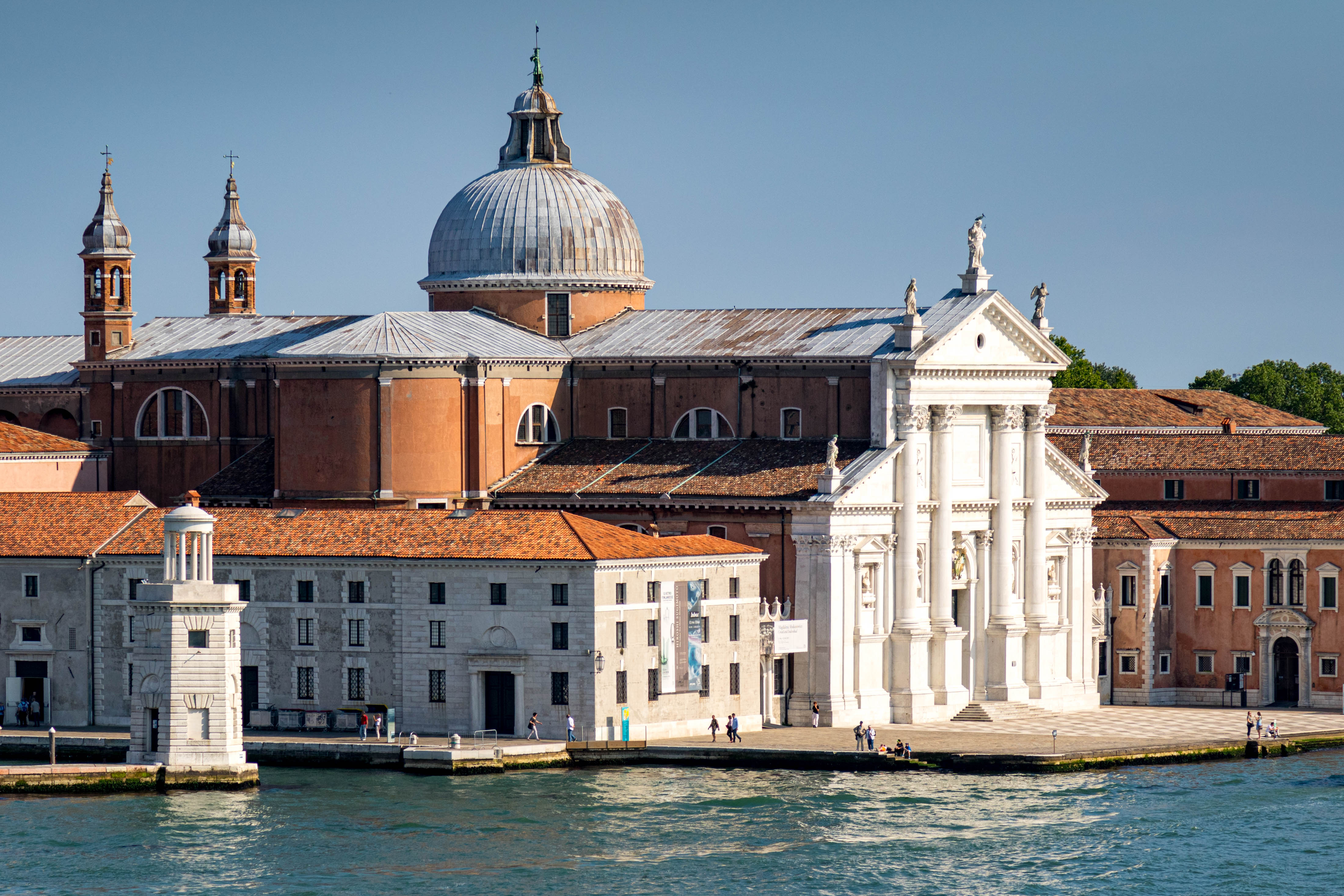Facebook reminded me this morning that 10 years ago today I got the first digital camera I've ever owned whose photo quality approached that of the film cameras I had growing up. My new Canon 7D replaced my 5-year-old Canon 20D, and between the two I took over 32,700 photos in just over nine years. In May 2015 I upgraded to the Canon 7D mark II, the first digital camera I've owned whose capabilities exceeded my 1980s and 1990s film cameras.
I've updated the chart showing all the photo-capable devices I've owned since I got my first SLR in June 1983, along with other data showing, to some extent, how technology marches on:

Here are four example photos. (To see all the details, right-click the photos and open them in separate windows.) First, one of the earliest photos I took with my AE-1 Program, in Raton Pass, N.M., mid-August 1983:

Keep in mind, this is a Kodachrome 64 photo scanned some 38 years later, with a bit of help from Adobe Lightroom. Printing directly from the slide would make a better-looking photo...maybe. In any event, the resolution of the slide exceeds the resolution of the scan by an order of magnitude at least, so there really is no way without specialized equipment to produce a JPEG image that looks as good as the slide itself.
Jump ahead a few decades. Here's an early photo I took with the 20D on 20 May 2006 in Portsmouth, N.H.:

The original photo and this edit have the same resolution (2544 x 1696) and the same format (JPEG). Other than a few minor burns and dodges, this is what the camera recorded. It almost approaches film quality, but had I shot this image with Kodachrome 64, it would have much more vibrant color and a depth of texture that the 20D just couldn't achieve.
Now from the 7D that I got 10 years ago today, near Saganonomiyacho, in Kyoto, Japan, in November 2011:

With the first 7D, I gave it a 32 GB memory card and switched to the lossless CR2 format. The JPEG above has as much depth and range as a JPEG can have, but the CR2 file it came from finally has as much detail and photographic information as consumer-quality negative film from the 1980s or 1990s. Its 5184 x 3456 resolution comes awfully close to the density of, say, 100-speed Kodacolor VR-G from the mid-1980s, but the 7D's CMOS chip has literally 32 times the sensitivity of the fastest consumer film then available (ISO 12,800 vs. ISO 1600). I shot the photo above with a focal length of 250 mm from a bridge 250 meters from the subject, at ISO 1600, 1/500 second at f/5.6. The same shot on Kodacolor VR-G 1600 would have massive grain, and the same shot on Kodachrome 64 would have required an exposure of 1/15 second—guaranteeing camera shake. (I've re-edited this photo slightly from the quick-and-dirty treatment I gave it in my Tokyo hotel room after getting back from Kyoto.)
Finally, take a look at this photo from my current camera, the 7D Mark II, of the Chiesa de San Giorgio Maggiore, Venice:

I mean...wow. Even cropped slightly from the raw photo's 5472 x 3648 resolution, the detail is just as fine as Kodachrome 64 ever gave me. I shot this at 1/1000 sec., f/5.6, at 105 mm using a borrowed EF24-105 f/4L lens. (I posted a similar shot in June 2015 when I got back from the trip. I think this one has better composition and editing.)
One more thing, which I won't illustrate with a comparison photo but which I do think bears mentioning: these days, I only pull out the 7Dii for serious work. For day-to-day photos and snapshots, my smartphone's camera works better than digital SLRs from 15 years ago. We do live in the future.